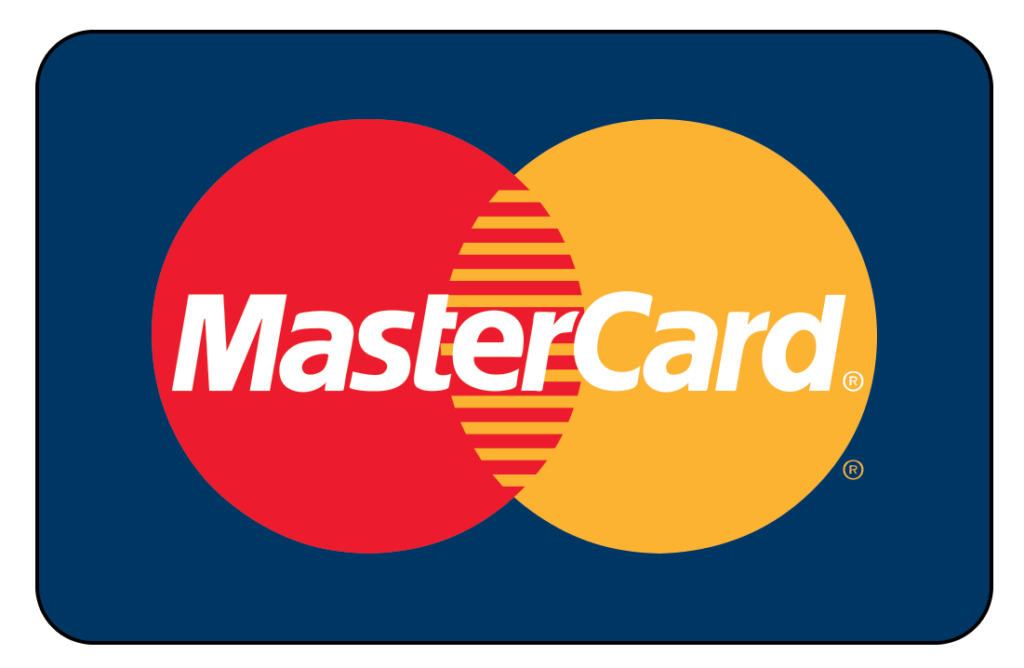Wall mounting your flat-screen TV enhances your viewing experience while freeing up floor and shelf space. With many mount types available, it’s important to pick the right one based on your room layout, TV size, and optimal viewing needs. Even if you plan to hire a professional TV mounting service, it is always a great idea to do quick research on the types of TV wall mounts.
Here is an overview of the most common TV wall mount types to consider:
Table of Contents
Fixed Mounts
Overview: As the name suggests, fixed mounts keep your TV in a fixed, stationary position against the wall. These offer a simple, budget option for basic mounting needs.
Benefits
- Inexpensive starting under $20
- Slim, low profile close to the wall
- Easy to install
Drawbacks
- No adjustability in position
- Only work for centered, straight viewing
Best For: Smaller TVs under 50 inches and centered, head-on seating arrangements.
Tilt Mounts
Overview: Tilt mounts allow angling your mounted TV downwards, usually between -5 to -15 degrees.
Benefits
- Provides limited tilt adjustability
- Avoids glare from overhead lighting
- Cheaper than fully articulated mounts
Drawbacks
- Very limited range of motion
- No ability to swivel or move sideways
Best For: Avoiding glare in rooms with ceiling lights or windows above viewing areas.
Articulating Mounts
Overview: Articulated mounts extend out from the wall and allow the TV to both tilt and swivel side-to-side. This provides maximum range of motion for adjusting viewing angles.
Benefits
- Provides extended range of tilt and swivel
- Ideal for angling screen to avoid glare
- Allows off-center TV positioning
- Access ports and cables from the side
Drawbacks
- More expensive than fixed mounts
- Too much movement can seem unstable
Best For: Rooms with flexible seating arrangements and glare avoidance needs. Great for positioning TV away from fireplaces or corners.
Low Profile Mounts
Overview: Low profile mounts cling just inches from the wall, allowing TVs to be placed close against the wall or right above mantles and furniture.
Benefits
- Fits TV snugly against wall
- Perfect above fireplaces and furniture
- Provides “floating on wall” look
Drawbacks
- Very limited tilt and no swivel
- No wiggle room for plugging in cables
- Typically only fits smaller TVs
Best For: Mounting TVs tightly on walls with fireplaces or media consoles right below.
Full Motion Mounts
Overview: Full motion mounts combine articulating arms with additional swivel and extension capabilities for maximum TV positioning flexibility.
Benefits
- Fully articulating arms with endless positioning
- Ideal for corner placement
- Swivels for angled room viewing
Drawbacks
- Priciest option
- Excessive movement can seem unstable
- Overkill for basic mounting needs
Best For: Tricky off-center rooms and corner placements where complex TV positioning is required.
Outdoor Mounts
Overview: Outdoor mounts are designed to withstand full outdoor weather and environmental conditions year-round. Made from weather-resistant materials like powder coated aluminum.
Benefits
- Specially designed for patios, porches and pools
- Withstands rain, snow, humidity and sun
- Offers tilt/swivel to reduce sun glare
Drawbacks
- More expensive than indoor mounts
- Requires weatherproof TV enclosure
Best For: Mounting a TV outdoors for an amazing outdoor entertainment center.
Ceiling Mounts
Overview: As the name suggests, ceiling mounts attach your TV to the ceiling for hanging down to desired height. No wall space needed.
Benefits
- Frees up walls and floor space
- Adjustable height and tilt
- Creates floating effect
Drawbacks
- Installation more complex
- Needs very secure ceiling structure
- Visibility challenges if too low
Best For: Creative mounting above seating areas without viable wall space. Works great with projectors.
Mantel Mounts
Overview: Designed specifically for mounting over fireplace mantels by dropping down closer to ideal viewing height.
Benefits
- Positions TV at optimal height above mantel
- Allows full swivel and tilt adjustment
- Pull-down access to cables and ports
Drawbacks
- More specialized application
- Needs enough mantel depth
- Typically pricier
Best For: Safely mounting over mantels to integrate TVs above fireplaces.
Consider Viewing Needs & Room Layout
With so many mounting options, think about:
- Ideal viewing height based on furniture, room size and seating
- Mounting location limitations like studs, pipes and windows
- Viewing angles based on glare, lighting, windows and seating
- Size and weight of your TV
- Need for tilt, swivel or extension capabilities
Measuring your space and trying out viewing positions will help identify the right mount types before purchasing.
An articulated or full motion mount provides the most flexibility for adjustable positioning. But a simple fixed mount works well for basic, centered installation. Outdoor, ceiling and mantel mounts serve specific specialized needs.
Choosing the right mount provides safety, optimal visibility and a clean mounting appearance.







